Home>Garden Essentials>What Promotes Grubs In Turf Grass
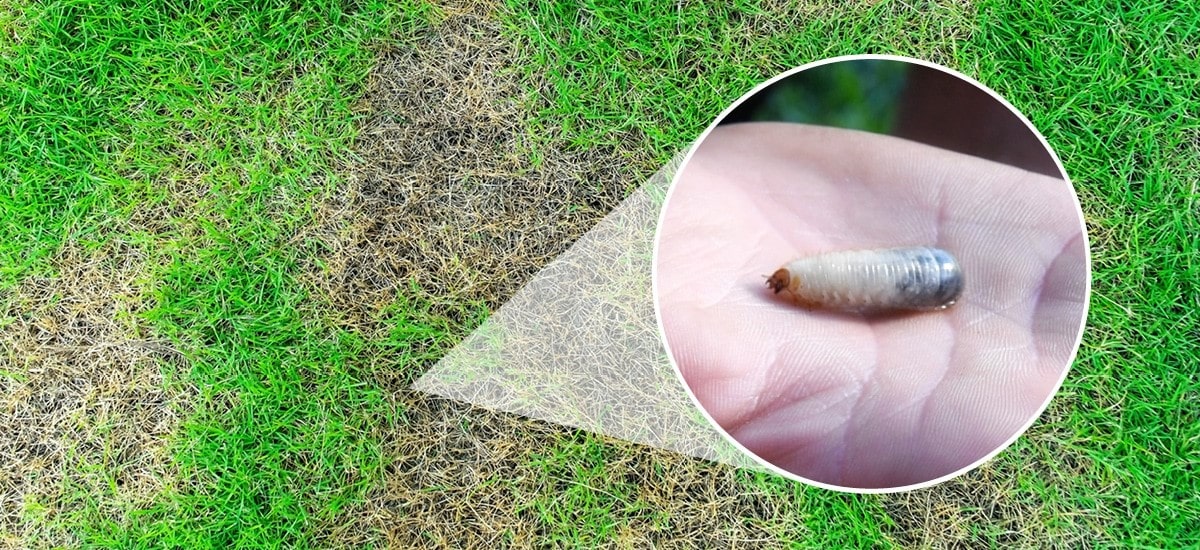

Garden Essentials
What Promotes Grubs In Turf Grass
Modified: October 19, 2024
Looking for ways to prevent grubs from damaging your garden's turf grass? Discover effective techniques to promote a grub-free environment in your garden.
(Many of the links in this article redirect to a specific reviewed product. Your purchase of these products through affiliate links helps to generate commission for Storables.com, at no extra cost. Learn more)
Introduction
Welcome to our comprehensive guide on understanding and managing grubs in turf grass. Grubs, the larval stage of beetles, can be a common nuisance for homeowners and gardeners alike. These small, C-shaped creatures can wreak havoc on the health and appearance of your lawn, causing brown patches and weakened root systems. In this article, we will explore the environmental factors and cultural practices that promote grub infestation, highlight turf grass species particularly prone to grubs, and discuss effective pest management strategies for controlling grubs in turf grass.
Grubs are voracious feeders that primarily target the roots of turf grass, causing significant damage and potentially leading to the death of the affected areas. Understanding the factors that contribute to grub infestations is crucial in developing a comprehensive pest management plan for your lawn. By identifying the underlying causes, you can take proactive steps to minimize the risk of grub damage and maintain a healthy, vibrant lawn.
Environmental factors such as climate and soil conditions play a significant role in promoting the presence of grubs. Additionally, certain cultural practices, such as overwatering or mowing too low, can create an ideal environment for these pests to thrive. It is important to be aware of these factors and implement appropriate measures to prevent or control grub infestations. Additionally, some turf grass species are more susceptible to grub damage than others, so choosing the right grass for your region can make a difference in managing grub populations.
In this guide, we will also delve into the various methods for controlling grubs in turf grass. Chemical control methods, including the use of insecticides, can effectively eliminate grubs, but they should be used judiciously and in accordance with the instructions provided. Natural and biological control methods, such as nematodes or microbial products, offer environmentally friendly alternatives to chemical treatments and can be quite effective in managing grubs.
By the end of this guide, you will have a comprehensive understanding of grubs in turf grass and be equipped with the knowledge to prevent and manage infestations effectively. Let’s dive into the various factors that promote grubs in turf grass and explore the best management practices for keeping your lawn healthy and grub-free.
Key Takeaways:
- Grubs in turf grass can cause significant damage by feeding on roots, leading to brown patches. Understanding and addressing environmental and cultural factors can help prevent infestations and maintain a healthy lawn.
- Implementing pest management strategies, such as monitoring, natural enemies, and responsible chemical use, can effectively control and minimize grub populations in turf grass. Prevention and early intervention are key to preserving a vibrant lawn.
Read more: What Is Grass Grub
Understanding Grubs in Turf Grass
If you’re a homeowner or a gardener, chances are you’ve encountered grubs in your turf grass at some point. But what exactly are grubs, and why are they a problem for your lawn? Grubs are the larvae of various beetle species, including Japanese beetles, June beetles, and European chafer beetles. These small, white, C-shaped creatures can cause extensive damage to the roots of your turf grass, leading to unsightly brown patches and weakened areas of your lawn.
Grubs are most commonly found in lawns during late summer and early fall when they are actively feeding and growing. Adult beetles lay their eggs in the soil, and these eggs hatch into grubs. The grubs then feed on organic matter, including grass roots, as they grow and prepare for their transformation into adult beetles.
When grubs feed on the roots of turf grass, they disrupt the plant’s ability to absorb water and nutrients, causing the affected areas to weaken and eventually die. Initially, you may notice thinning or discolored patches of grass, which can be easily pulled up due to the reduced root system. As the infestation progresses, these patches can merge into larger areas of dead or dying grass.
One of the key indicators of a grub infestation is the presence of animals digging or digging up your lawn. Animals such as skunks, raccoons, and birds are attracted to grubs as a food source and will often dig up the grass in search of them. If you notice these signs, it’s a strong indication that you have grubs in your turf grass.
It’s important to note that not all lawns will be affected by grubs to the same extent. Some turf grass species, such as Kentucky bluegrass and fine fescues, have a higher tolerance for grubs and can withstand some level of infestation without significant damage. On the other hand, turf grass species like ryegrass and bentgrass are more susceptible to grub damage and may require more intensive management strategies to control the infestation.
Now that you have a better understanding of what grubs are and how they can impact your turf grass, let’s take a closer look at the environmental factors that promote grubs and what you can do to minimize their presence in your lawn.
Environmental Factors that Promote Grubs
To effectively manage grubs in your turf grass, it’s essential to understand the environmental factors that contribute to their presence and population growth. By addressing these factors, you can create a less favorable environment for grubs, reducing the risk of infestation and damage to your lawn.
One of the primary environmental factors that promote grubs is the climate. Grubs thrive in moist and warm soil conditions, which is why they are more commonly found in regions with moderate to high temperatures and regular rainfall. However, it’s important to note that different species of grubs have specific climate preferences. For example, Japanese beetle grubs tend to thrive in regions with warmer summers, while European chafer grubs can withstand colder temperatures.
Soil type and quality also play a role in promoting grubs. Grubs prefer well-drained soil with high organic matter content. Compacted soil or soil that lacks proper drainage can create a favorable environment for grubs by retaining moisture and providing them with an ideal breeding ground. Poor soil quality, with low nutrient content, can weaken turf grass, making it more susceptible to damage from grubs.
Larger landscaped areas, such as golf courses or parks, can also be more prone to grub infestations due to their expansive and interconnected turf grass areas. Grubs can easily move between different sections, increasing their population and causing widespread damage.
Excessive irrigation is another environmental factor that can promote grubs. Overwatering your lawn not only creates ideal moisture conditions for grubs but also weakens the turf grass roots, making them more susceptible to damage. It’s important to water your lawn deeply but infrequently, allowing the soil to dry out between watering sessions.
Lastly, the presence of certain trees and shrubs in close proximity to your lawn can also contribute to grub infestations. Some beetle species, like the June beetle, are attracted to certain tree roots to lay their eggs. The grubs then migrate to nearby turf grass areas to feed on the grass roots.
To minimize the environmental factors that promote grubs, there are several steps you can take. Improve soil drainage by aerating the lawn and amending the soil with organic matter. Regularly monitor and adjust irrigation practices to ensure proper moisture levels in the soil. Consider the proximity of trees and shrubs when planning your landscape to reduce the risk of beetle activity. Creating a well-balanced and well-maintained lawn will make it less attractive to grubs and help keep their population in check.
In the next section, we will explore cultural practices that can inadvertently promote grubs in your turf grass and provide strategies to minimize their impact.
Cultural Practices that Promote Grubs
While environmental factors certainly contribute to grub populations, certain cultural practices can unintentionally promote their presence and increase the risk of infestation in your turf grass. It’s important to be mindful of these practices and make adjustments to minimize the attraction and survival of grubs in your lawn.
One common cultural practice that can promote grubs is overwatering. While proper irrigation is essential for maintaining a healthy lawn, excessive watering creates an environment that is conducive to grub survival. Grubs thrive in moist soil conditions, and overwatering not only provides them with the necessary moisture but also weakens the root system of the turf grass, making it more susceptible to damage.
Mowing your lawn too low can also inadvertently promote grubs. Cutting the grass too short weakens the root system and reduces the overall vigor of the turf grass. Weakened grass is more appealing to grubs, as it is easier for them to feed on the roots. Therefore, it is crucial to maintain the proper mowing height for your specific turf grass species to minimize the risk of grub infestation.
Inadequate soil fertility is another cultural practice that can encourage grubs. Turf grass that lacks essential nutrients is more susceptible to damage from grubs. Conducting regular soil tests and applying the appropriate fertilizers and soil amendments can help improve the overall health of your turf grass and reduce its vulnerability to grub infestations.
Overseeding with the wrong turf grass species can also make your lawn more susceptible to grubs. Some turf grass species, like ryegrass and bentgrass, are more prone to grub damage. When overseeding, choose varieties that have a higher tolerance for grubs, such as Kentucky bluegrass or fine fescues. These grasses are better equipped to withstand moderate grub infestations without significant damage.
Another cultural practice that can promote grubs is leaving grass clippings on the lawn after mowing. While leaving clippings on the lawn is generally beneficial for the grass, it can also provide a food source for grubs. Grass clippings contain organic matter that grubs feed on, so it’s important to collect and remove them after mowing, especially if you suspect a grub infestation.
By being aware of these cultural practices, you can make adjustments to reduce the risk of grubs in your turf grass. Proper irrigation, mowing height, soil fertility, and overseeding with the right grass species are all key factors in promoting a healthy lawn that is less attractive to grubs. In the next section, we will explore common turf grass species that are prone to grub infestations, allowing you to make informed decisions about what grass to plant in your yard.
Common Turf Grass Species Prone to Grub Infestation
When it comes to managing grub infestations in your lawn, it’s important to be aware of the turf grass species that are more susceptible to grub damage. While grubs can potentially cause damage to any turf grass, some species are more prone to infestations than others. Understanding which grasses are at higher risk can help you make informed decisions when selecting the right grass for your lawn.
Ryegrass is one of the turf grass species that is particularly susceptible to grub infestation. These grasses have shallow root systems, making it easier for grubs to feed on the roots and cause significant damage. If you have a ryegrass lawn, it’s crucial to implement effective pest management strategies to control grubs and minimize the impact on your grass.
Bentgrass is another turf grass species that is highly favored by grubs. These grasses have a dense, fine-textured appearance, which can attract beetles to lay their eggs in the soil. Bentgrass lawns are prone to extensive damage from grubs, and careful monitoring and management are necessary to prevent the infestation from spreading and causing further harm.
Fine fescues, including red fescue and chewings fescue, are also susceptible to grub infestations. While they have a higher tolerance for grubs compared to ryegrass and bentgrass, heavy infestations can still cause damage to these grasses. Paying close attention to your fine fescue lawn and implementing proper pest management techniques can help preserve its health and appearance.
Kentucky bluegrass, on the other hand, has a moderate tolerance to grubs. While it can withstand some level of infestation without significant damage, heavy grub populations can still cause harm to this grass. Ensuring proper lawn care practices and implementing effective pest management methods are crucial to maintaining the health and resilience of your Kentucky bluegrass lawn.
It’s important to note that even if you have a turf grass species with a higher tolerance for grubs, it doesn’t mean you should neglect pest management practices. Regular monitoring, proper lawn maintenance, and early intervention are key to preventing infestations from reaching damaging levels.
When selecting turf grass for your lawn, take into account the specific climatic conditions of your region as well as the level of grub activity in your area. Consulting with local lawn care professionals or extension services can provide valuable insights into the most suitable turf grass species that balance your preferences with resistance to grub infestations.
By being aware of the turf grass species that are prone to grubs and implementing appropriate pest management practices, you can minimize the risk of damage from these pests and maintain a healthy lawn. In the next section, we will discuss effective pest management strategies for controlling grubs in turf grass.
To prevent grubs in turf grass, maintain a healthy lawn by watering deeply but infrequently, mowing at the proper height, and aerating the soil to improve drainage and root growth.
Read more: What Do Grass Grubs Look Like
Pest Management Strategies for Controlling Grubs in Turf Grass
Controlling and managing grubs in your turf grass is crucial to maintain a healthy and vibrant lawn. Fortunately, there are several effective pest management strategies that can help you combat grub infestations and minimize their damage. Let’s explore some of these strategies:
1. Monitoring: Regularly inspect your lawn for signs of grub activity. Look for brown patches, wilting grass, and animals such as skunks or birds digging up the grass. Early detection allows for timely intervention and prevents the infestation from progressing.
2. Cultural Practices: Implement proper cultural practices to promote a healthy lawn and reduce grub attraction. This includes proper watering techniques, appropriate mowing height, regular soil testing, and maintaining balanced soil fertility. A strong and well-maintained turf grass is more resilient against grub damage.
3. Biological Control: Use natural enemies of grubs, such as beneficial nematodes or microbial products, for biological control. These organisms target grubs specifically and can significantly reduce their population. Follow the instructions provided with the product for optimal effectiveness.
4. Chemical Control: If the infestation is severe or other control methods haven’t produced satisfactory results, chemical control may be necessary. Insecticides specifically formulated to target grubs can be effective in reducing their population. However, it is crucial to read and follow the instructions carefully and safely apply the chemicals to minimize any negative impact on the environment and beneficial insects.
5. Fall Grub Control: Fall is an excellent time to implement preventive measures against grubs. Applying insecticides specifically designed for fall grub control can disrupt their life cycle and prevent damage in the following spring. Consult with local experts or lawn care professionals to determine the best timing and products for your region.
6. Reseeding and Repair: After controlling the grub population, areas of your lawn that have been significantly damaged may need reseeding or repair. Overseed with resistant turf grass species and provide appropriate care to restore the affected areas.
7. Integrated Pest Management (IPM): Adopting an integrated approach that combines different pest management strategies is often the most effective way to control grubs. Incorporate cultural practices, biological control methods, and chemical control if necessary to develop a comprehensive and sustainable management plan.
Remember that prevention is key when it comes to controlling grubs in turf grass. Proper lawn care practices, regular monitoring, and early intervention are crucial to minimizing the risk of infestation. By implementing these strategies and staying proactive in managing grubs, you can maintain a beautiful, healthy lawn and enjoy a grub-free environment.
In the next sections, we will delve deeper into chemical control methods and natural/biological control methods for managing grubs in turf grass, providing you with further options to combat these pests effectively.
Chemical Control Methods for Grubs in Turf Grass
When it comes to managing severe grub infestations in turf grass, chemical control methods can offer an effective solution. These methods involve the use of insecticides specifically formulated to target and eliminate grubs. It is crucial, however, to approach the use of chemicals with caution, ensuring safety and responsible application. Here are some key considerations and steps to implement chemical control for grubs:
1. Identify the Severity of the Infestation: Before applying any chemicals, assess the extent of the grub infestation. If the infestation is not severe and the population is below the recommended threshold, consider alternative control methods or allow natural predators to manage the population.
2. Select the Appropriate Insecticide: Choose an insecticide that is specifically labeled for grub control in turf grass. Common active ingredients for grub control include imidacloprid, chlorantraniliprole, and clothianidin. Read the product labels carefully and follow the instructions regarding rates, timing, and application methods.
3. Timing of Application: Timing is crucial when applying chemical insecticides for grub control. The ideal time to apply insecticides is when the grubs are in their younger, more vulnerable stage and actively feeding on the roots. This is typically during late summer or early fall. Applying insecticides at the proper time ensures maximum effectiveness and minimizes harm to beneficial insects.
4. Application Method: Follow the recommended application methods for the selected insecticide. This may include spraying the insecticide onto the lawn or using granular formulations. Ensure proper coverage, targeting the areas where grubs are most active, such as damaged or brown patches of grass.
5. Safety Precautions: Always prioritize safety when using chemical insecticides. Wear protective clothing, gloves, and goggles to prevent direct contact with the product. Keep children and pets away from treated areas until the product has dried or as specified on the label. Follow federal, state, and local regulations regarding the use and disposal of insecticides.
6. Reapplication and Follow-Up: In some cases, multiple applications may be necessary to effectively control the grub population. Follow the product instructions for reapplication intervals if needed. Keep monitoring the lawn for signs of grub activity and reapply insecticides as required.
7. Integrated Pest Management (IPM) Approach: Chemical control should be integrated with other management strategies for long-term success. Implement cultural practices, such as proper irrigation and mowing, to minimize grub attraction and reduce reliance on chemical treatments.
Remember, chemical control should be used judiciously and as a last resort for severe infestations. Since insecticides can also affect non-target insects, such as pollinators and beneficial insects, it is essential to carefully consider the potential impacts on the overall ecosystem. Consulting with a professional or local extension services can provide valuable guidance on the appropriate chemical control methods for your specific situation.
In the next section, we will explore natural and biological control methods for managing grubs in turf grass, offering environmentally friendly alternatives to chemical treatments.
Natural and Biological Control Methods for Grubs in Turf Grass
For those seeking environmentally friendly alternatives to chemical control methods, natural and biological control techniques for managing grubs in turf grass can be highly effective. These methods involve the use of natural enemies or products that target grubs specifically, reducing their population without harming beneficial insects or disrupting the ecosystem. Let’s explore some of these natural and biological control methods:
1. Beneficial Nematodes: Beneficial nematodes are microscopic, worm-like organisms that are natural enemies of grubs. These parasitic nematodes infect and kill grubs in the soil. Apply nematodes to the affected areas of your lawn by mixing them with water and spraying the solution onto the soil surface. Ensure that the nematodes are stored and applied according to the manufacturer’s instructions for optimal effectiveness.
2. Milky Spore Disease: Milky spore disease is a naturally occurring bacterium (Bacillus popilliae) that infects and kills Japanese beetle grubs. It is safe for humans, pets, and beneficial insects. Milky spore disease can be applied to the lawn in powder form. Once applied, the spores multiply and persist in the soil, providing long-term control against Japanese beetle grubs. Follow the instructions provided on the product label for proper application methods and timing.
3. Microbial Products: There are microbial products available in the market that contain naturally occurring organisms, such as Bacillus thuringiensis (Bt) and Bacillus subtilis, which target and kill grubs. These products come in various formulations, including granules and liquid sprays. Application methods may vary, so it’s essential to follow the instructions provided with the specific product you choose.
4. Attract Natural Predators: Promote a diverse habitat in your lawn to attract natural predators of grubs. Birds, skunks, raccoons, and even some beetle species are known to feed on grubs. Providing food sources and suitable nesting sites can encourage these natural predators to visit your lawn and help control the grub population. Be mindful, though, that attracting larger animals like skunks and raccoons can lead to other issues in your yard, so strike a balance that works for your situation.
5. Natural Organic Amendments: Incorporating natural organic amendments, such as compost or well-decomposed organic matter, into the soil can improve its health and structure, making it less appealing for grubs. Healthy soil promotes strong grass growth and encourages beneficial soil organisms that can help regulate grub populations naturally.
6. Integrated Pest Management (IPM) Approach: Combining multiple natural and biological control methods with cultural practices and regular monitoring is the key to successful grub management. Implementing an integrated pest management approach will help maintain a healthy lawn while minimizing the use of chemicals and preserving the balance of the ecosystem in your yard.
While natural and biological control methods can provide effective and sustainable solutions, it’s important to apply them correctly and consistently. Regular monitoring of your lawn for grub activity and adjusting your pest management strategies accordingly will help ensure long-term success.
Remember, each lawn is unique, and the effectiveness of natural and biological control methods may vary. Consulting with local experts, such as extension services or arborists, can provide valuable guidance and recommendations specific to your region and lawn conditions.
In the next section, we will conclude our guide and summarize the key takeaways for managing grubs in turf grass effectively.
Conclusion
Grubs can be a persistent nuisance in turf grass, causing damage and frustration for homeowners and gardeners. However, with a comprehensive understanding of grubs and the right pest management strategies, you can effectively control and minimize their impact on your lawn.
In this guide, we explored the environmental factors that promote grubs, including climate, soil conditions, and excessive irrigation. We also discussed cultural practices that inadvertently attract grubs, such as overwatering and mowing too low. Being mindful of these factors and implementing suitable adjustments can create a less favorable environment for grubs.
Additionally, we identified turf grass species that are prone to grub infestations, such as ryegrass and bentgrass, and highlighted the importance of selecting resilient grass species for your lawn. Understanding the susceptibility of different grass types can guide your decision-making process when it comes to turf selection.
We explored various pest management strategies for controlling grubs in turf grass. Chemical control methods, when used responsibly and as a last resort for severe infestations, can effectively eliminate grubs. However, natural and biological control methods, including beneficial nematodes, microbial products, and attracting natural predators, offer environmentally friendly alternatives and help maintain the ecological balance in your yard.
To successfully manage grubs, it is crucial to adopt an integrated pest management (IPM) approach that combines cultural practices, monitoring, and a combination of control methods. Regularly monitor your lawn for signs of grub activity, implement proper watering and mowing practices, and employ the most suitable control methods based on the severity of the infestation.
By following these strategies, you can maintain a healthy and vibrant lawn, free from the destructive influence of grubs. It’s important to remember that prevention is key, and early intervention is crucial to prevent extensive damage to your turf grass.
Should you require further assistance or guidance, consult with local lawn care professionals, extension services, or arborists who can provide region-specific recommendations tailored to your lawn’s needs.
Armed with this knowledge and a proactive approach, you are well-equipped to tackle grub infestations and maintain a lush, thriving lawn that will be the envy of the neighborhood.
Frequently Asked Questions about What Promotes Grubs In Turf Grass
Was this page helpful?
At Storables.com, we guarantee accurate and reliable information. Our content, validated by Expert Board Contributors, is crafted following stringent Editorial Policies. We're committed to providing you with well-researched, expert-backed insights for all your informational needs.
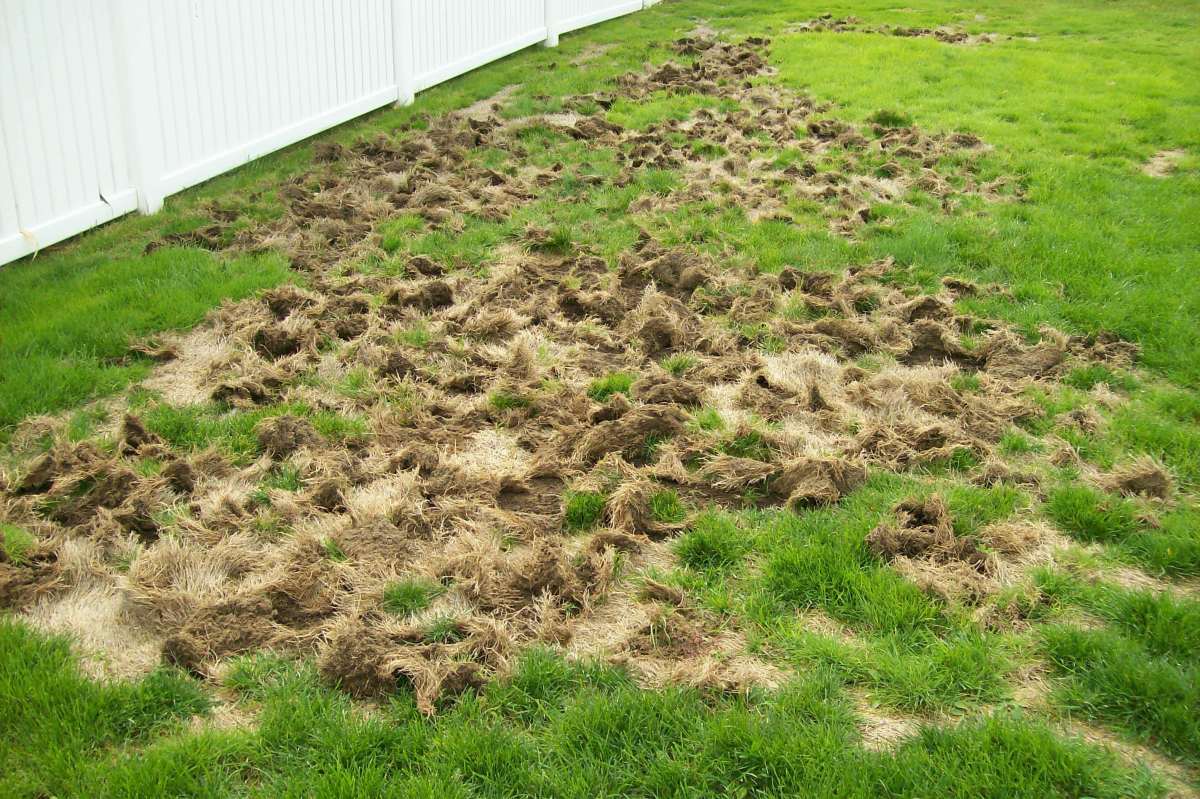

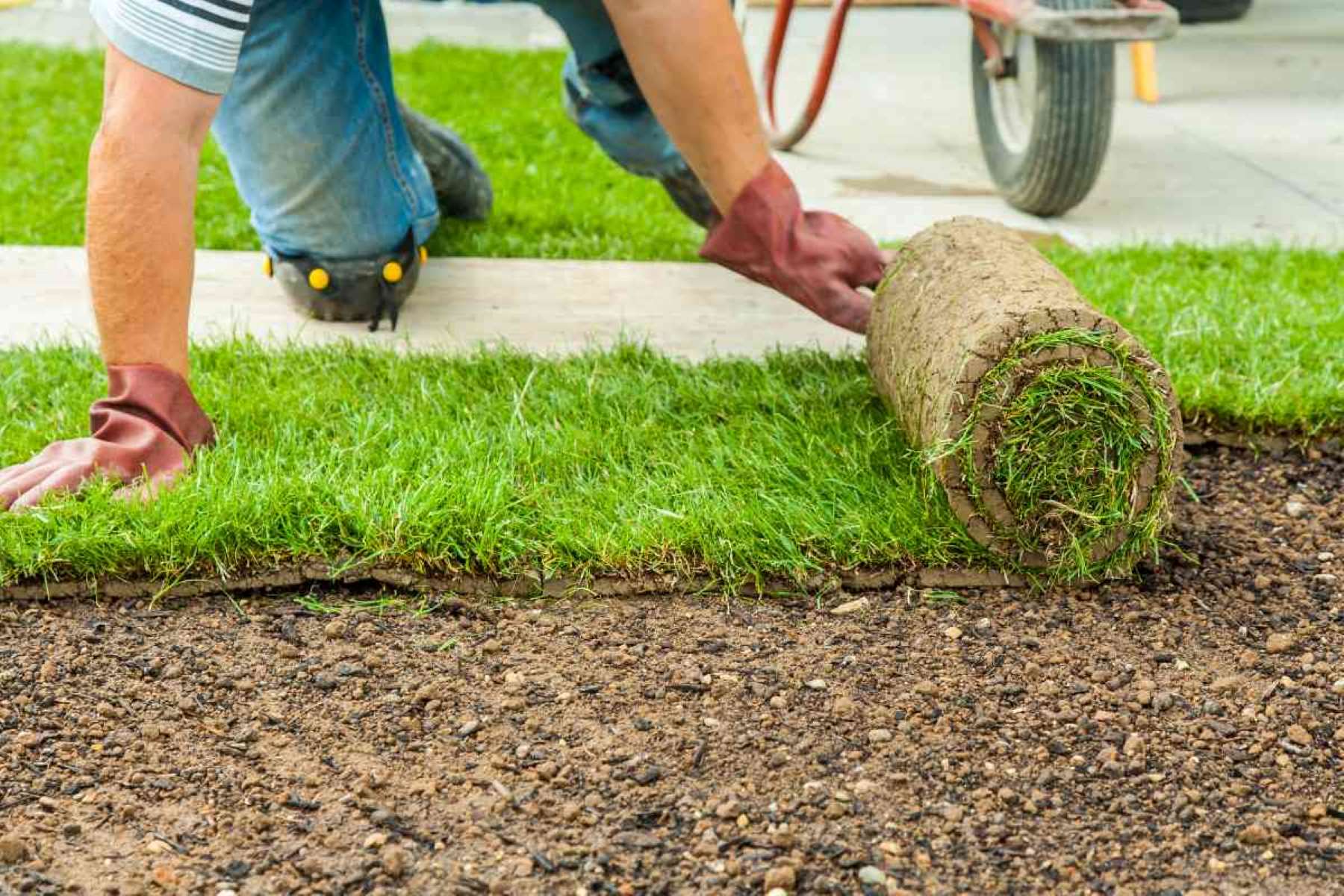
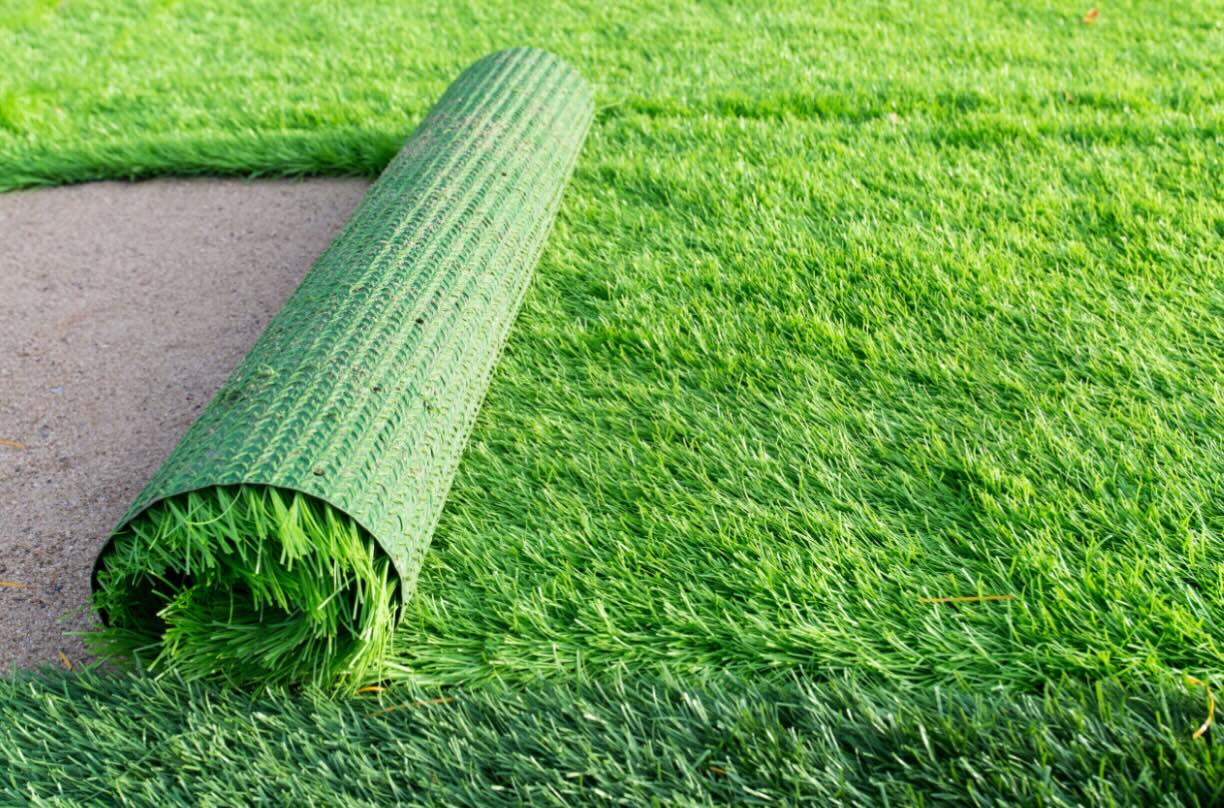
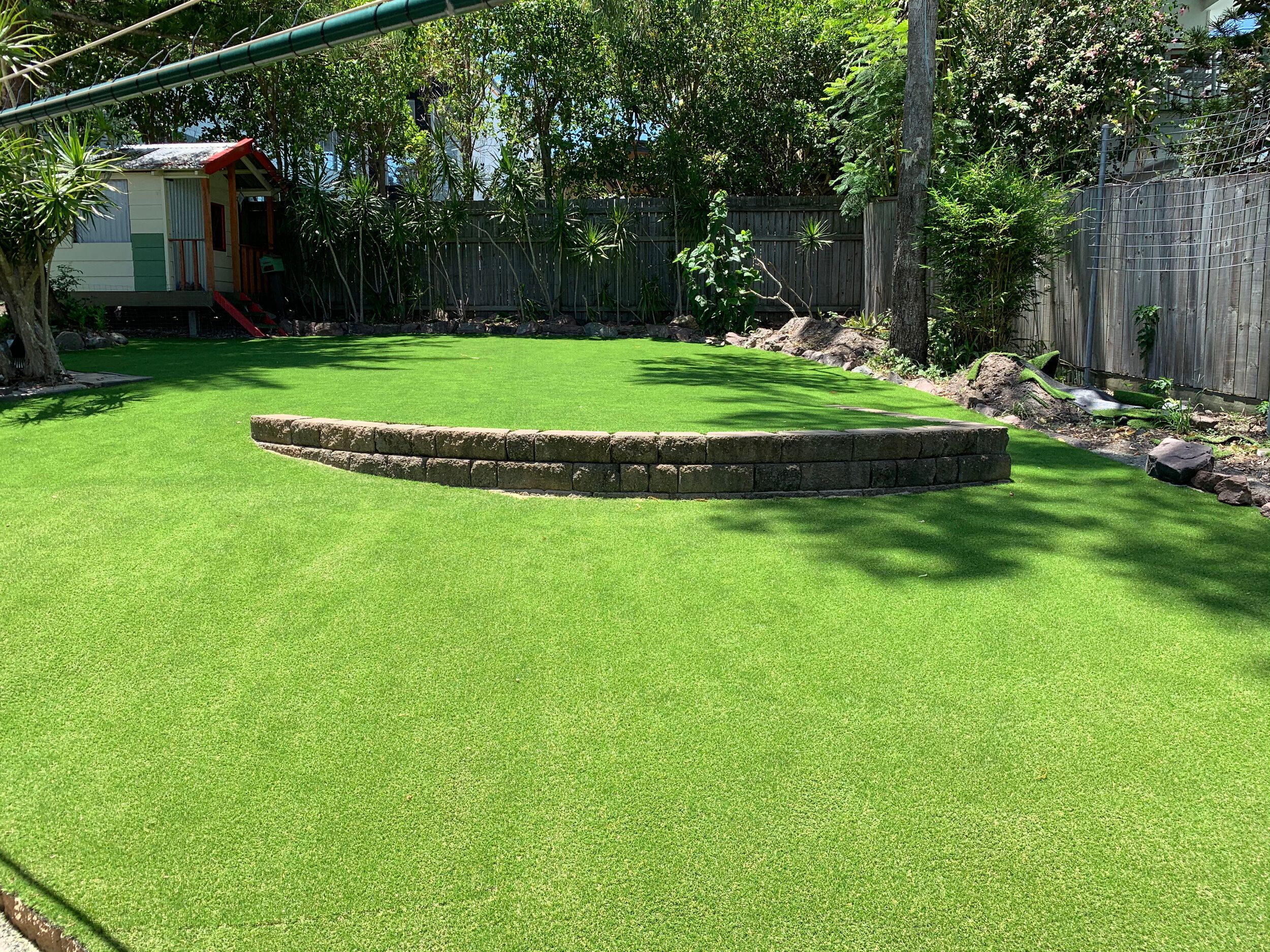
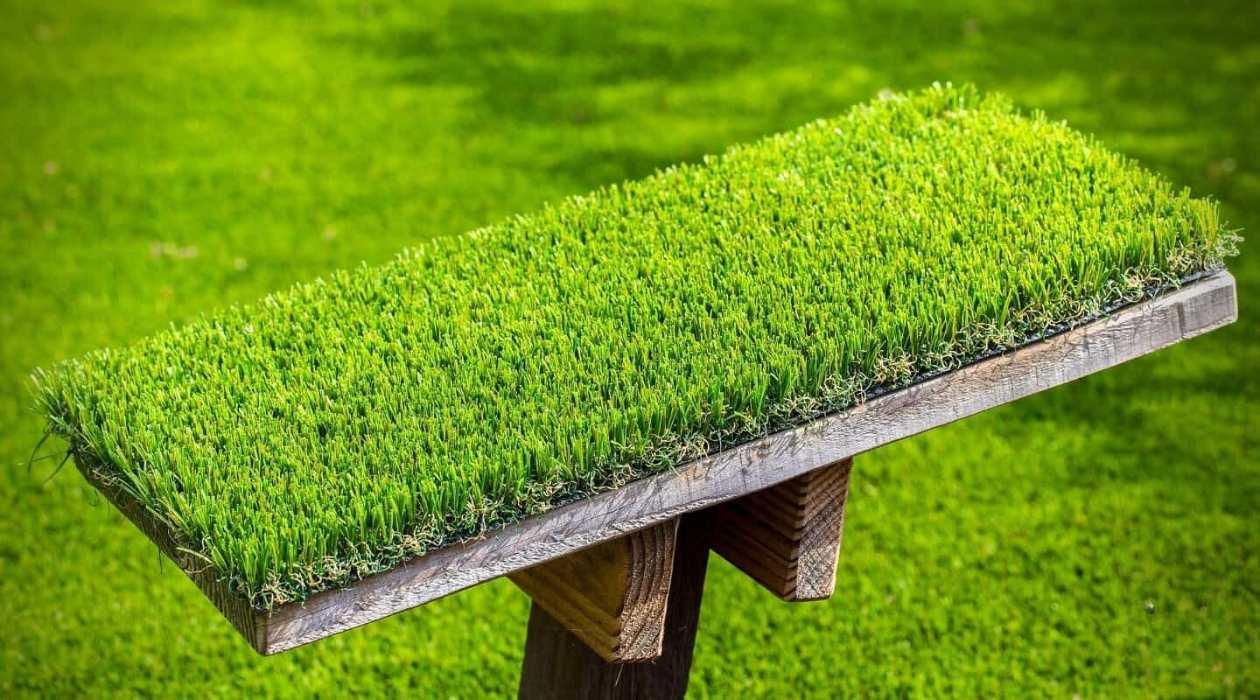
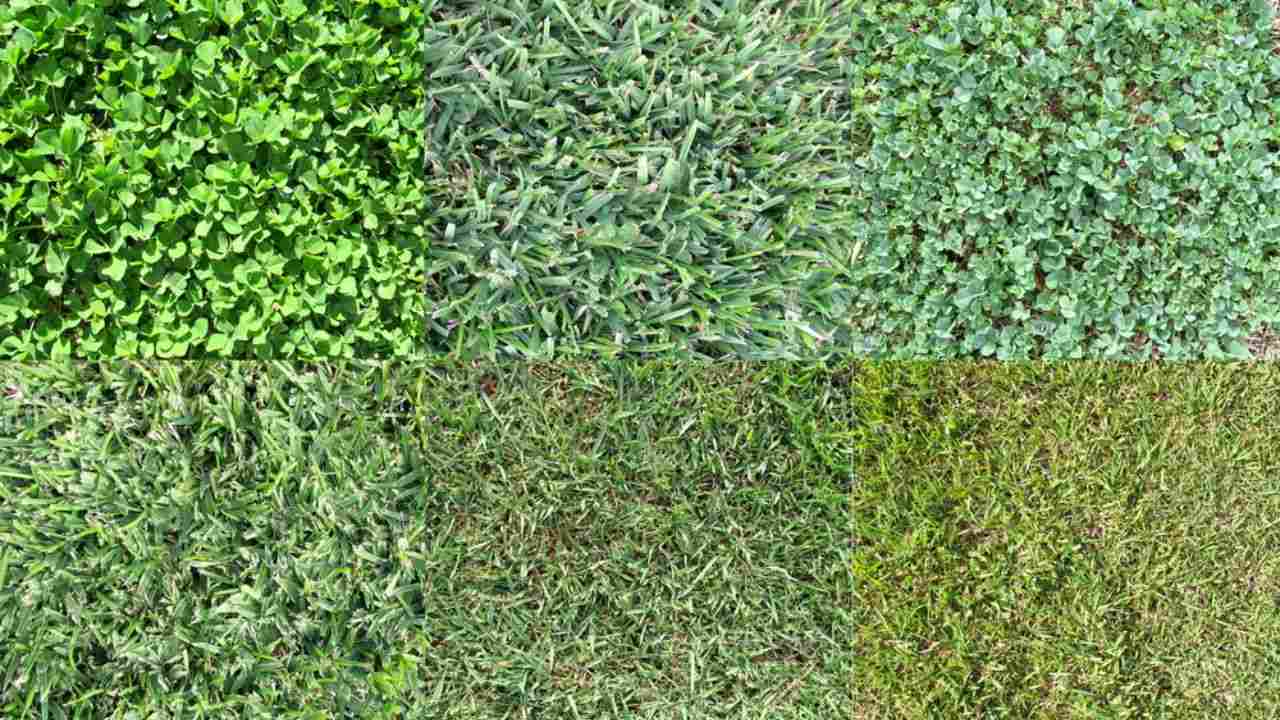
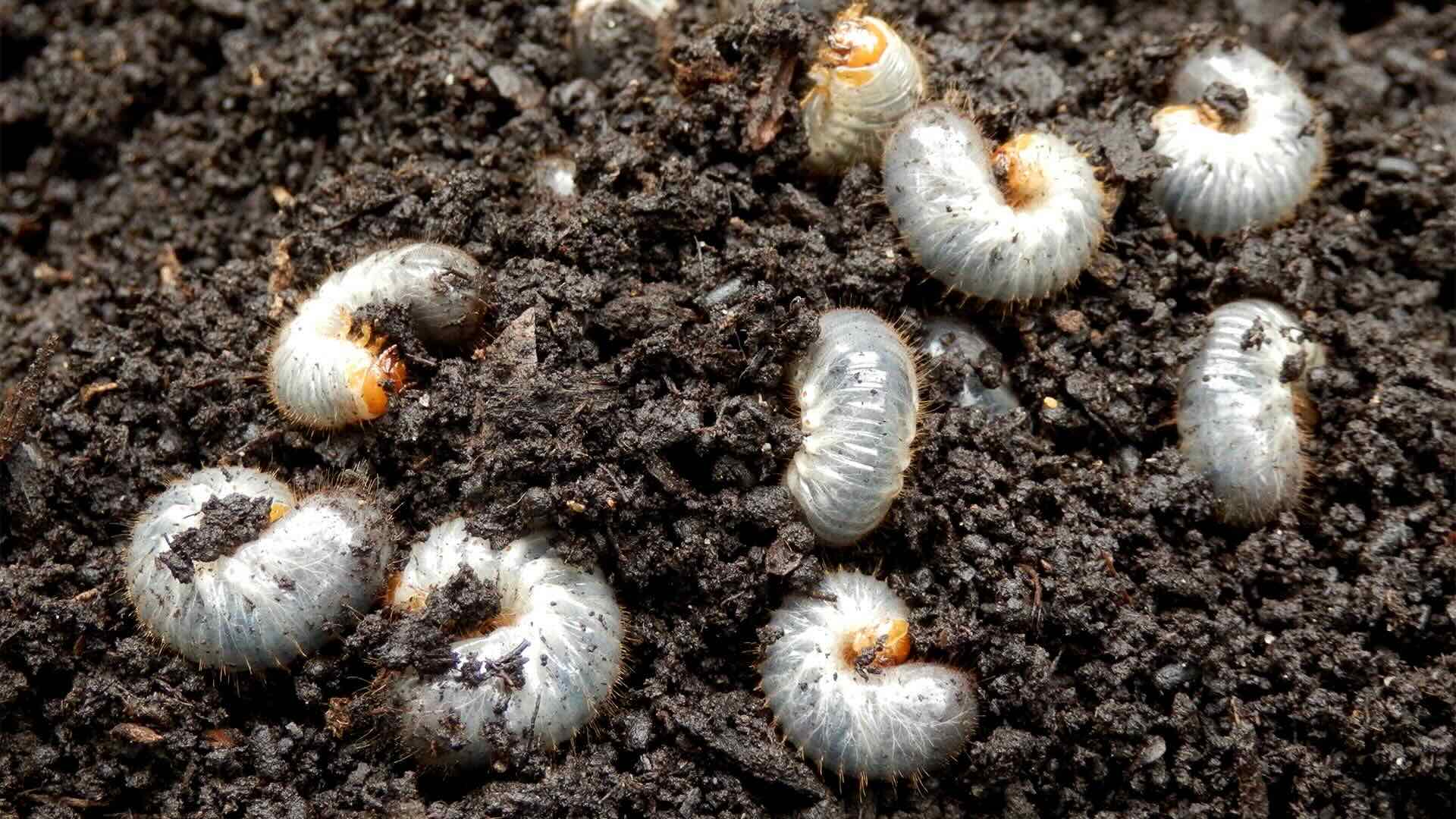

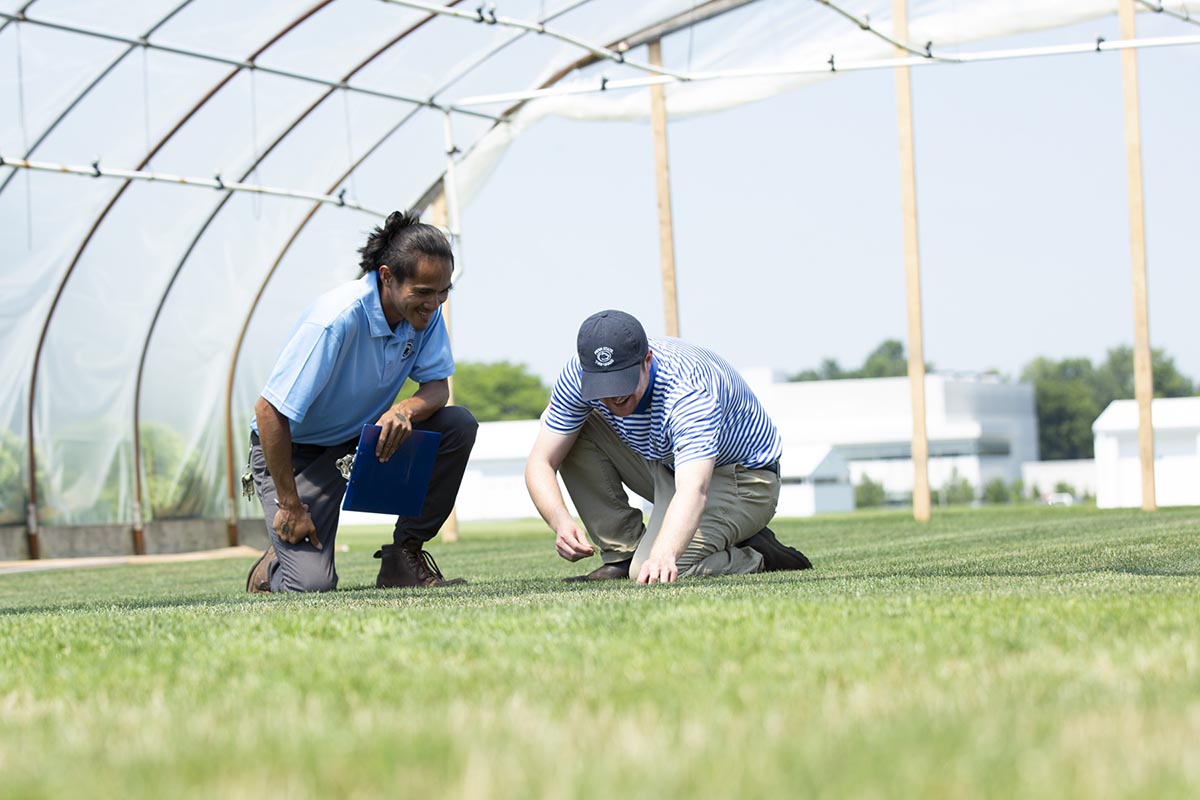
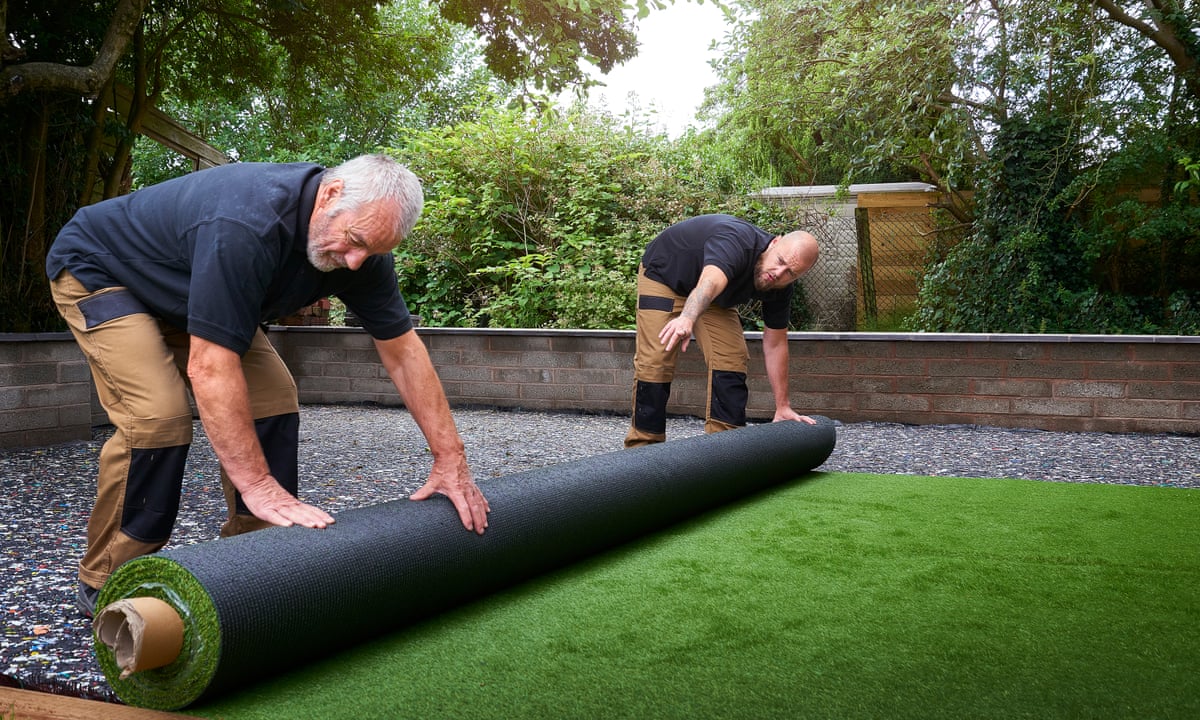

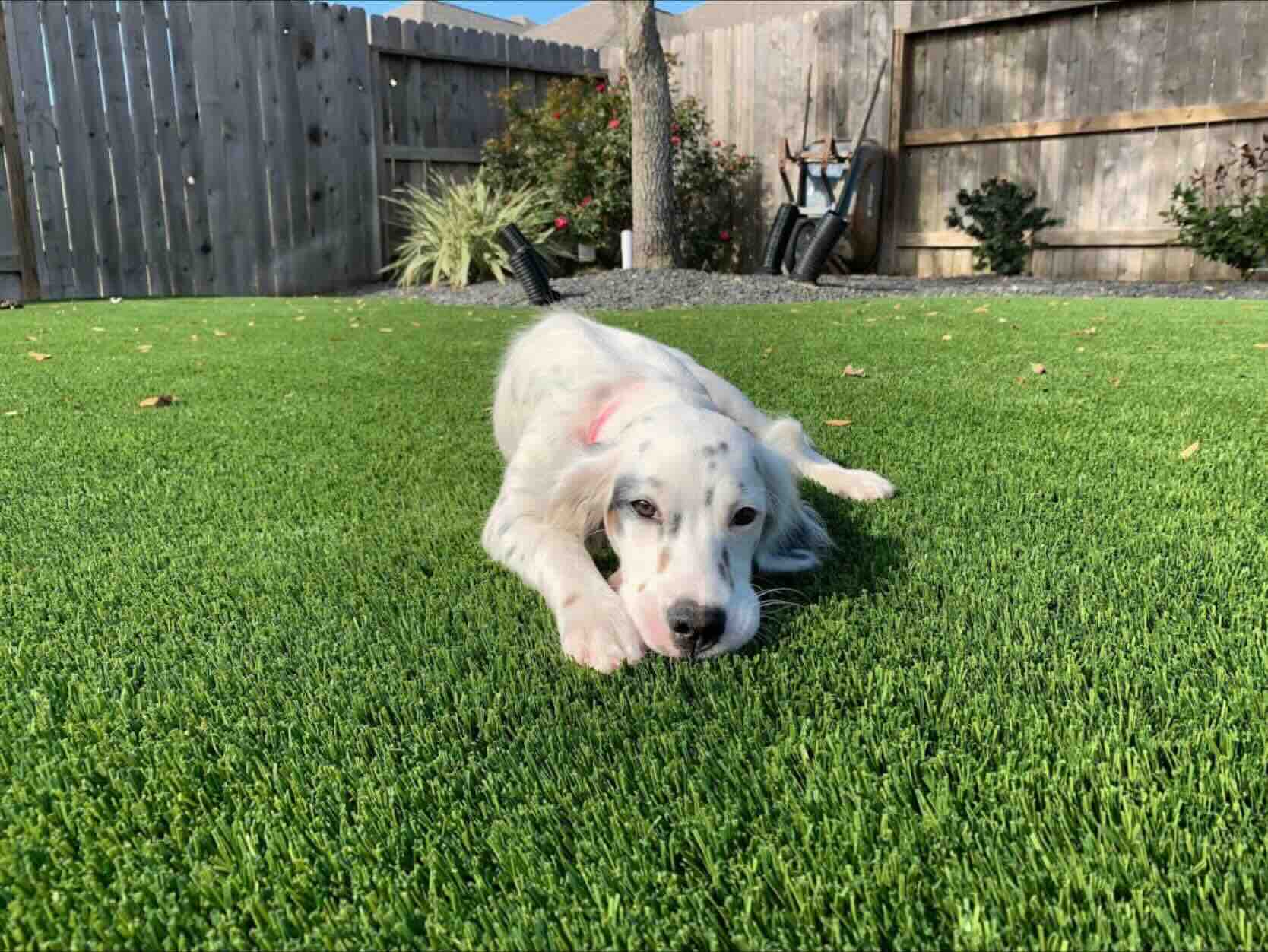
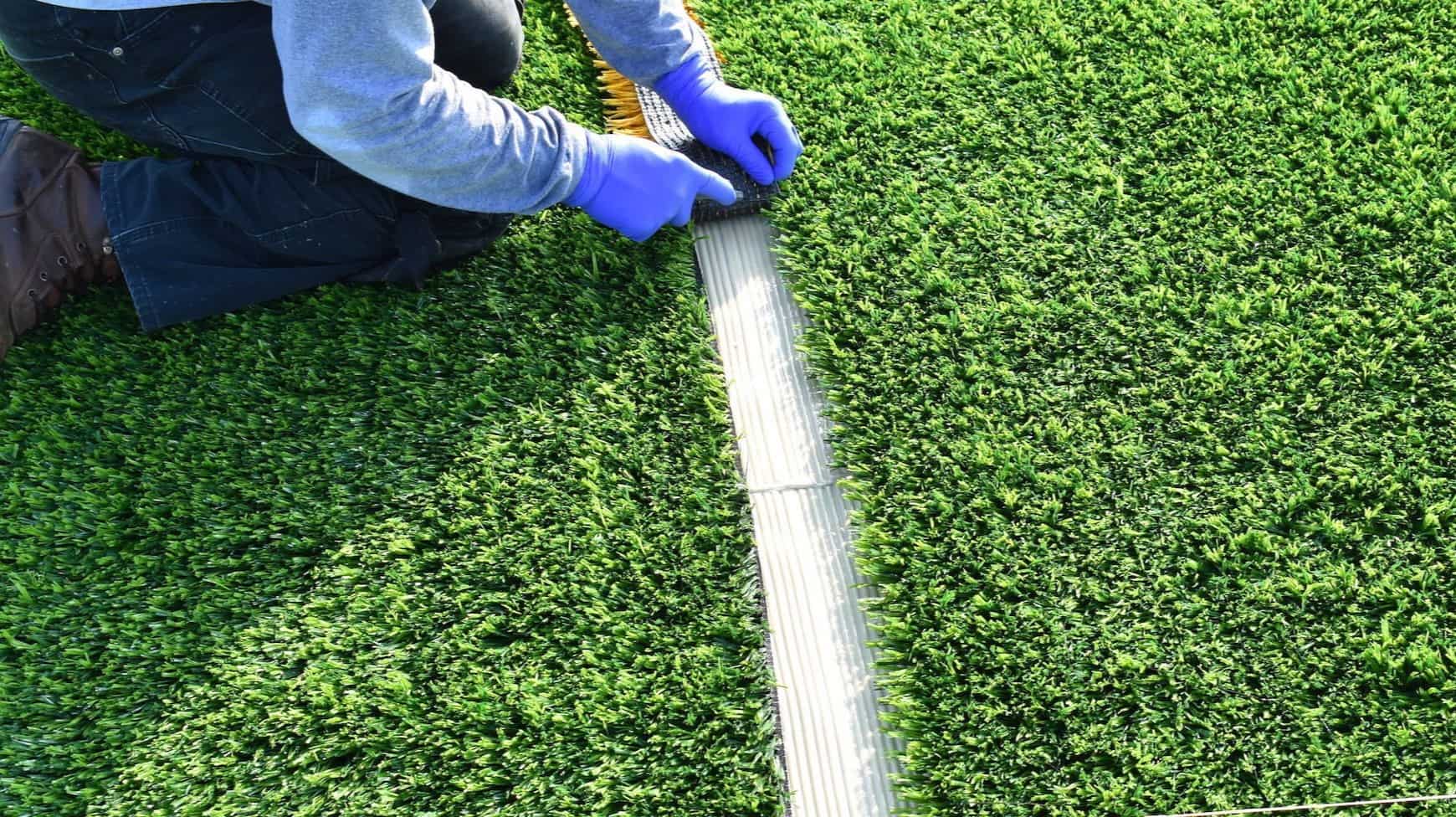

0 thoughts on “What Promotes Grubs In Turf Grass”